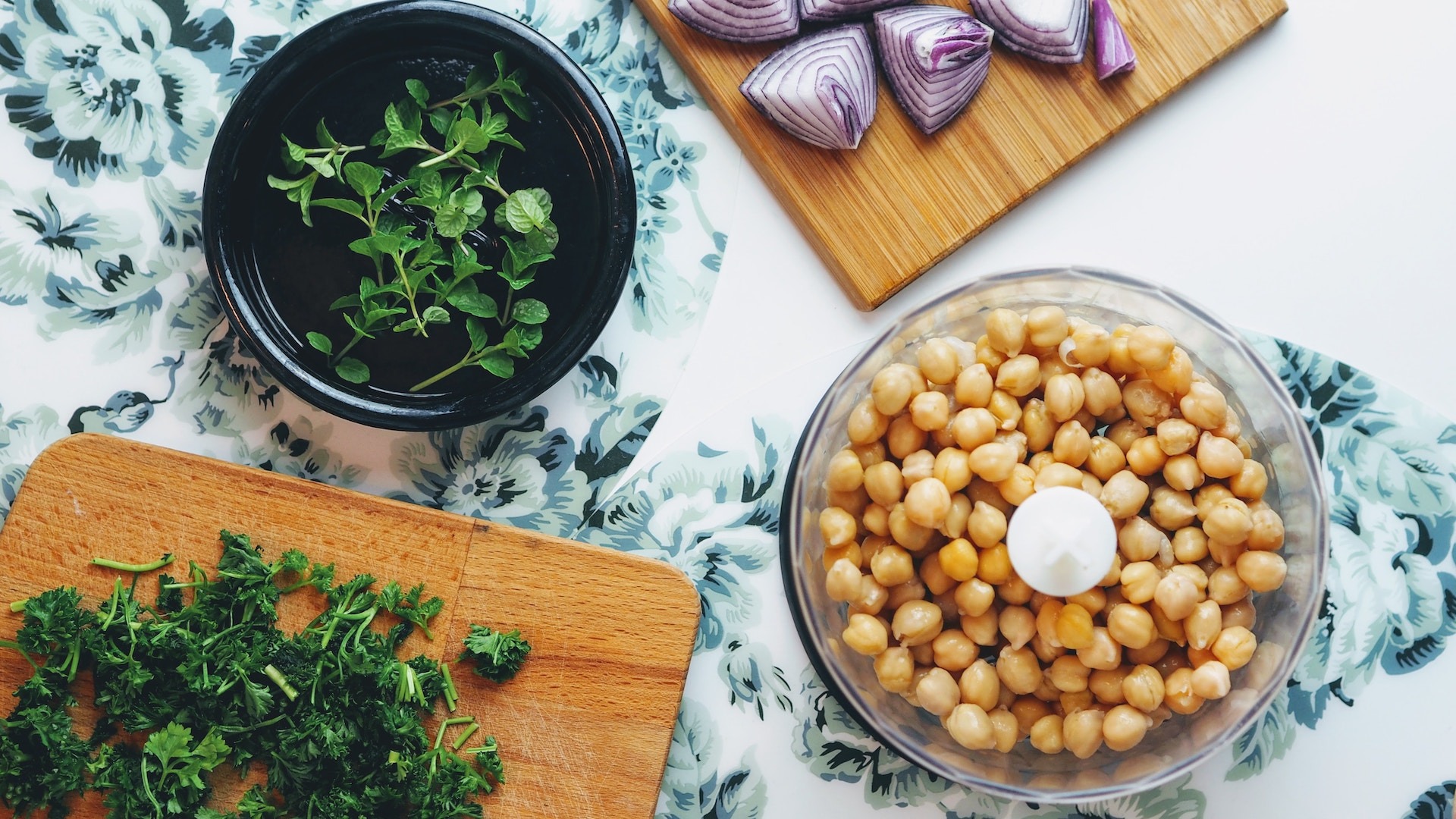3 Potentially Toxic Ingredients to Avoid in Cleaning Products
Home » Live Consciously » 3 Potentially Toxic Ingredients to Avoid in Cleaning Products
Registration for the spring 2019 session of The Nutritious Life Studio’s signature Nutritious Life Certification course is now open! Apply now to officially jumpstart your health and wellness career.
Spring cleaning should make you feel accomplished, not threaten your health.
Unfortunately, many common cleaning products contain toxic ingredients that are associated with issues like asthma or more serious long-term health issues. (Ingredients identified as carcinogens, for example, are linked to cancer risk, but for many, it’s unknown how much exposure raises your risk.)
Making it even harder? When the Environmental Working Group (EWG) decided to assess the safety of more than 2,000 cleaning products, its researchers found it’s not always possible to even figure out what products are made of. Companies are not required to list the ingredients on their packages (although thankfully, many do).
RELATED: How to Organize (and Stock) Your Pantry Like a Nutritionist
EWG’s Guide to Healthy Cleaning is the best comprehensive source of information when figuring out which products to use to spray and shine and which to avoid. To get a head start, though (and for situations when you don’t have to time to browse the guide), memorize these top three ingredients to avoid, first.
3 Toxic Ingredients to Avoid in Cleaning Products
1. Formaldehyde
Formaldehyde can cause respiratory irritation and other symptoms like headaches, runny nose, nausea, difficulty breathing, and asthma attacks, according to the American Lung Association.The International Agency for Research on Cancer (IARC) also classifies it as a human carcinogen, which means exposure is known to increase cancer risk. Here’s the tricky part: Formaldehyde can be found in laundry and dish detergents (and may be listed as formalin), but other preservatives used in cleaning products release it when they’re used. EWG recommends watching out for bronopol, also known as 2-bromo-2-nitropropane-1,3-diol.
2. 1,4-dioxane
The chemical 1,4-dioxane, is classified as a “probable” human carcinogen. In the short term it can cause irritation the eyes, nose, and throat. Exposure in very large amounts (that you’re unlikely to ever be exposed to at home) can cause kidney or liver damage and death (in industrial situations where workers are exposed to high doses). It’s found in all-purpose cleaners and dish soap and is a common contaminant of widely-used detergent chemicals.
3. Borax and boric acid
Borax and boric acid are like chemical cousins, and you should probably avoid them both. In the short-term, they can cause rashes, nausea, vomiting, and respiratory issues. In the long-term, they’re associated with negative effects on the reproductive system. Boric acid is less common, but borax can be found in many household cleaners and detergents, and it may also be listed as sodium borate or sodium tetraborate.
(Photo: Shutterstock)
The Nutritious Life Editors are a team of healthy lifestyle enthusiasts who not only subscribe to — and live! — the 8 Pillars of a Nutritious Life, but also have access to some of the savviest thought leaders in the health and wellness space — including our founder and resident dietitian, Keri Glassman. From the hottest trends in wellness to the latest medical science, we stay on top of it all in order to deliver the info YOU need to live your most nutritious life.
DISCOVER MORE
RECENT ARTICLES

Want a sneak peek inside the program?
Get FREE access to some of the core training materials that make up our signature program – Become a Nutrition Coach.
Get Access"*" indicates required fields
 Live Consciously
Live Consciously












































































































































































































































































































































































































































































































































































































































































































































































































































































































































































































































































































































































































































































































































































































































